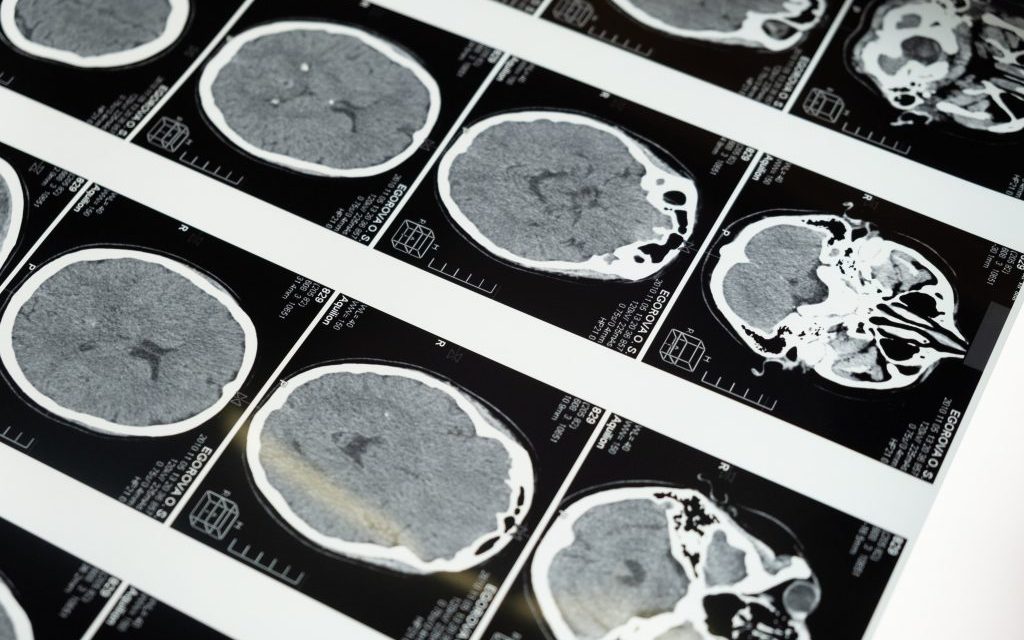Medical imaging has revolutionized healthcare, making it possible for doctors to visualize the inside of the body without invasive procedures. However, have you ever thought about the physics behind medical imaging? Physics is the foundation of medical imaging, and it plays a critical role in enabling doctors to diagnose and treat diseases effectively. Let’s dive deeper into the world of medical imaging and see the critical role that physics plays.
The Basics of Medical Imaging
Medical imaging techniques, such as X-rays, CT scans, MRI scans, and ultrasounds, all rely on physics principles to generate images of the human body. These techniques use various forms of energy, such as electromagnetic waves, sound waves, and X-rays, to create images of the inside of the body. Understanding the physics principles behind these techniques is critical to optimizing their use in clinical settings.
X-rays
X-rays are the most commonly used medical imaging technique. They use high-energy electromagnetic radiation to penetrate the body, creating images of bones and other tissues. Understanding the properties of X-rays and how they interact with the body is crucial to producing clear and accurate images.
CT Scans
CT scans use X-rays to generate detailed 3D images of the body. They use advanced physics concepts to create images with high contrast and spatial resolution, enabling doctors to detect abnormalities with high accuracy. CT scans also use computer algorithms to process the data and generate images.
MRI Scans
MRI scans use strong magnetic fields and radio waves to create detailed images of organs and tissues inside the body. They rely on advanced physics concepts, such as magnetic resonance, to generate images with high spatial resolution and contrast.
The Future of Medical Imaging
Physics continues to play a vital role in medical imaging. Innovations such as molecular imaging, PET scans, and optical imaging are on the horizon, promising to improve diagnosis and treatment even further. Understanding the underlying physics principles behind these techniques is critical to unlocking their full potential.
Conclusion
Medical imaging has come a long way since the invention of X-rays over a century ago. The physics principles that underlie medical imaging have enabled doctors to diagnose and treat diseases with ever-increasing precision. By understanding the physics behind medical imaging, we can continue to innovate and improve healthcare, making it possible to save more lives and improve quality of life for patients around the world.
If you are interested in learning more about the physics behind medical imaging, Key2PHYSICS offers a comprehensive lesson on “Medical Imaging and Diagnostics.” This lesson covers the basics of medical imaging, including X-rays, CT scans, and MRI scans, and explains the underlying physics principles that enable these techniques. The lesson also covers the latest advances in medical imaging, including molecular imaging and optical imaging. With interactive simulations and real-world examples, this lesson is an excellent resource for anyone interested in the physics behind medical imaging and its critical role in healthcare. So, if you want to deepen your understanding of medical imaging and its physics principles, be sure to check out this lesson on Key2PHYSICS.

